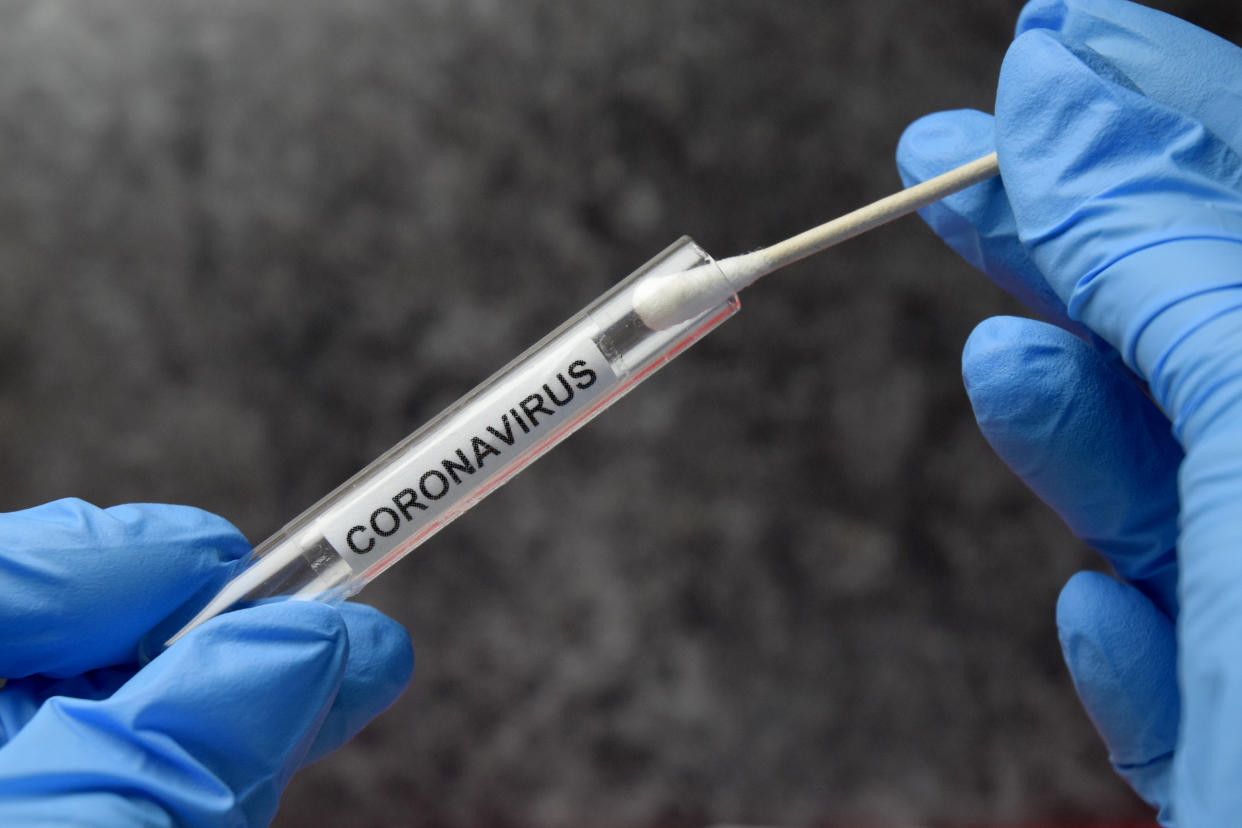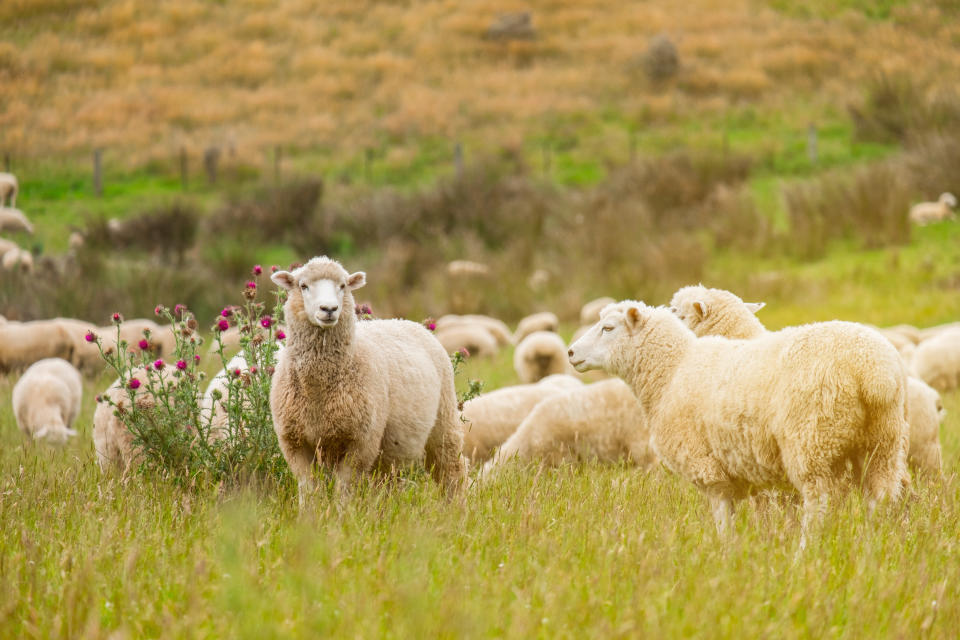26 animals 'regularly in contact with people may be susceptible to coronavirus', study suggests

Dozens of animal species worldwide may be susceptible to the coronavirus, research suggests.
The previously unknown infection is thought to have started in bats, before “jumping” into humans, possibly via pangolins.
Concerns were raised early in the outbreak when a dog in Hong Kong tested “weak positive” for the coronavirus, however, experts stressed there was “no evidence pet animals can be a source of infection”.
A tiger in a New York zoo also hit the headlines when it caught the virus, even developing a tell-tale dry cough.
Read more: Long COVID patient 'not the same person she was'
When it comes to animals catching the coronavirus, experts have previously warned against “mass hysteria”.
Scientists from University College London (UCL) have since reported, however, 26 creatures that are “regularly in contact with people” may be susceptible to the infection.

The coronavirus enters cells when its so-called spike protein interacts with a receptor called ACE2.
Based on existing evidence, the UCL team believe it is unlikely the virus could infect a species without binding to ACE2.
The scientists therefore investigated ACE2 mutations across 215 animals. These mutations mean the receptor differs from the human version, “reducing the stability of the binding complex” between the virus’ spike protein and the host’s receptor.
Results, published in the journal Scientific Reports, suggest that in animals like sheep and great apes – chimpanzees, gorillas, orangutans and bonobos – the virus’ spike protein and the species’ ACE2 receptor “would be able to bind together just as strongly as they do when the virus infects people”.
Read more: How to swab a baby, toddler or child for coronavirus at home
The scientists stressed, however, that for some species this is just a hypothesis. Sheep, for example, have not been studied for infection risk specifically, just spike protein and ACE2 binding.
“We wanted to look beyond just the animals that had been studied experimentally, to see which animals might be at risk of infection, and would warrant further investigation and possible monitoring,” said lead author Professor Christine Orengo.
“The animals we identified may be at risk of outbreaks that could threaten endangered species or harm the livelihoods of farmers.
“The animals might also act as reservoirs of the virus, with the potential to re-infect humans later on, as has been documented on mink farms.”
These minks are thought to have been infected by farm workers. In a few cases, the minks have transmitted the virus to other people, in the first reported cases of animal-to-human transmission.
Watch: The Bronx zoo tiger that tested positive for coronavirus
When looking at the risk among different types of animals, the scientists predicted most birds, fish and reptiles do not appear capable of catching the coronavirus.
Among mammals, however, most of the species they analysed could theoretically test positive, the results suggest.
The team stressed further research is required.
“The details of host infection and severity of response are more complex than just the interactions of the spike protein with ACE2, so our research is continuing to explore interactions involving other host virus proteins,” said Professor Orengo.
Read more: One in 10 critically ill COVID patients has a cardiac arrest
Co-author Professor Joanne Santini added: “To protect animals, as well as to protect ourselves from the risk of one day catching COVID-19 [the disease caused by the coronavirus] from an infected animal, we need large-scale surveillance of animals, particularly pets and farm animals, to catch cases or clusters early on while they’re still manageable.
“It may also be important to employ hygiene measures when dealing with animals, similar to the behaviours we’ve all been learning this year to reduce transmission, and for infected people to isolate from animals as well as from other people.”
Are pets a risk amid coronavirus outbreak?
According to the World Health Organization (WHO), the coronavirus spreads between humans. This mainly occurs when infected droplets are expelled in a cough or sneeze. There is also evidence the virus can survive on surfaces or be transmitted via faeces.
Dogs and cats, both big and domestic, have tested positive for the infection.
“In experimental conditions, both cats and ferrets were able to transmit infection to other animals of the same species,” according to the WHO.
“However, there is no evidence these animals can transmit the disease to humans and spread COVID-19.”
When news of the “weak positive” Hong Kong dog broke, Professor Jonathan Ball from the University of Nottingham stressed “we have to differentiate between real infection and just detecting the presence of the virus”.
“The fact the test result was weakly positive would suggest this is environmental contamination or simply the presence of coronavirus shed from human contact that has ended up in the dog’s samples,” he said.
Professor Glenn Browning from the University of Melbourne agreed animal owners should not panic, adding: “People appear to pose more risk to their pets than they do to us.”
The WHO stresses, however, anyone with confirmed or susceptible coronavirus should “limit contact with companion and other animals”.
“When handling and caring for animals, basic hygiene measures should always be implemented,” it added.
“This includes hand washing after handling animals, their food or supplies, as well as avoiding kissing, licking or sharing food.”
Watch: UK coronavirus cases high but deaths low - why?



